It can be fun to breed your own zinnias - Part 37
zen_man
7 years ago
Featured Answer
Sort by:Oldest
Comments (93)
samhain10 - 5a
7 years agolast modified: 7 years agozen_man
7 years agolast modified: 7 years agoRelated Discussions
It can be fun to breed your own zinnias - Part 3
Comments (40)Pls8xx, "One thing that has been on my mind the last few weeks is how important it is to me that a zinnia have a short compact plant form. I grow in a sand/clay mix rather than topsoil. It will hold plants upright fine when dry, but when wet the soil looses its strength and the tall plants become vulnerable to wind knocking them over." You have made a good case that you do need zinnias with a more compact plant habit. Last year, we had a very violent storm with high winds of 50mph and it blew down literally dozens of my zinnias. I had concrete re-bar tomato cages around a few of my more critical "breeders" and they were protected. But many of my big zinnia plants snapped off at the ground and many more lost their basal branches and some lateral branches. Interestingly, some of my big bushy scabiosa flowered zinnias and most of those F1s with a "scabi" parent came through just fine, with amazing resistance to the high winds. As is usual in a high wind storm here, for a period of hours we lost our electrical power, our telephone land line, and our cable connection. I studied the wreckage in my zinnia patch to see "what went wrong" structurally with my zinnias. As is usual for me, there were some surprises. I plan to apply what I learned from my "crash investigation" to make better decisions about plant structure this year. For one thing, I had planted a lot of Burpeeanas, from both Burpee and from Stokes. I had a lot of "out of the seed packet" Burpeeanas and some F1 hybrids from crosses that I made between Burpeeanas. (Incidentally, your picture of the "original" red Burpeeanas shows just how nice that Burpeeana bushy look can be.) To my amazement, some of the most disastrous structural failures were in my Burpeeanas. They have what I refer to as a "candelabra" stem structure, with basal branches coming out from the main stem at a 90 degree angle. Even though the stems look thick and strong, there is a kind of "joint" at the attachment point. Some of the basal branches that were in contact with the soil had actually sprouted roots and were apparently in the process of becoming independent plants. It's almost as if the stem joint was "willing" to detach from the main stem. But even higher up, those branches that cantilevered out from the main stem at a 90-degree angle seemed inherently weak. In almost all cases, the branches broke at their attachment points to the main stem. The plants that seemed resistant to branches breaking off had their branches leaving the main stem at a much more acute angle, like 45 or even 30°. So their branches were headed upward at the attachment point. For whatever reason, those branches seemed much better attached, even if the plant habit was more generally upward than outward. Despite the fragility of the Burpeeana plants in high winds, I plan to continue growing them and selecting the best flowers and plants. I will just be looking for stronger attachment points for their branches. If you want to emphasize compactness in your zinnia breeding, you can start with some strains that are already compact and cross some other zinnias with them. I personally have quit crossing the lower growing zinnias because I don't like kneeling and bending over to do my cross pollinating. I've always had a tendency toward lower back pain from my gardening, and a lot of bending over just aggravates it. However, short zinnias are interesting looking and fascinating in crosses, so I am thinking about constructing some really high raised beds that might bring those short zinnias up to a more comfortable working distance. There are some short zinnias that you can cross with tall zinnias that will produce some intermediate compact F1 hybrids, and the F2s from them should sort out into a wide range of plants that you could pick from for further breeding. Three of the shortest are the Thumbelina zinnia, the Zinnita zinnia, and Zinnia Short Stuff. Here is another view of Short Stuff and here is another seed source: Short Stuff at New England seed. Some taller but still very compact zinnias are Zinnia Swizzle cherry and ivory, Zinnia Swizzle scarlet and yellow, Zinnia Dreamland hybrids, Zinnia Magellan mix, and I just found that Zinnia Peter Pan mix is apparently still available. By crossing some of those compact zinnias with other zinnias you should have the basis for creating several new strains of compact zinnias, with various degrees of compactness. MM...See MoreIt can be fun to breed your own zinnias - Part 47
Comments (115)Hi Four, This is an older message thread (Part 47, while Part 51 is current) but I will respond anyway. Yes, in your B photo, the pollen florets are maturing and setting seeds and they probably no longer have nectar for butterflies, so you could could remove that bloom if feeding butterflies is your primary motivation. In your C photo it isn't crucial where on the stem you make the cut.. I would cut down lower on the stem because there isn't any significant advantage to leaving a lot of bare stem on your plant. If you want to make further comments, it would be better to add them to Part 51, which has only 21 comments, while this Part 47 now has well over 100 comments. ZM...See MoreIt can be fun to breed your own zinnias - Part 50
Comments (102)Hi Zen, I was just reading your comment. How can you tell that photos are posted from smart phones? Someone told me when they enlarge my photos they take up their whole screen. I use my phone. It's a lot more comfortable for me. It's a samsung galexy S9. Now my pictures are starting to look a little strange,, or could it be my imagination lol. I have a pic of my basement grow room setup. Not a stock photo lol. I felt bad about putting one on here, and by the time the light bulb went off to simply delete it, the statute of limitations had already ran out on it lol. I was hitting the superstores for some Zinnia seeds, and I found this years selection very depressing. Burpee has some nice cultivars in their catalog that aren't in the stores. I'm not a Burpee fan. I think I did order 2 packets of Gomphrena seeds from them. Theirs were the best deal all around. Hey, now that would be a great genus to experiment with! You could take those plants a lot of different directions. It's a shame some of your better hybrids aren't being sold! I have 5 packets of Zinnia seeds. They're not the ideal 5 that I wanted, but they'll have to do. Zowie Yellow Flame ,( for the hummers ), Pinwheel Mix, 'Forcast', Giant Flowered Mix, Dahlia Flowered Mix. Let me repeat myself once more; just to be perfectly clear! Not my 5 most desired varieties! I love them for their colors and because they're such great butterfly magnets. FYI, the 2 Gomphrena seeds I got are 'Carmine' and 'Fireworks'. Zen, I wanted to ask you, what's the product you use to control spider mights again? I had an issue in the past and really don't want it reoccurring.. It was because I had brought some plants in from outside and I didn't recognize they were infected, then I was detained and kept away from them for a while. By the time I got back to the plants.....yuck! Ninecrow, keep up the good work with those Poinsettias! I'd enjoy seeing pictures! The whole birthing process, everything. I think it's fascinating! I think the metal halide bulb drastically throws off the color. Plants that I'm starting down here. Gomphocarpus physocarpus, Gomphocarpus fruticosa, Gomphocarpus cancellatus, Dregea sinensis, Tweedia caerulea, Tweedia solanoides, Tithonia, Senna didymobata, Mimosa pudica, Salvia coccinea, and the middle tray has seedlings of Calotropis procera. Like I've talked about before; I'm very interested in all the plant species of the subfamily Asclepiadoideae. They are the most difficult to hand pollinate because they produce pollinaria. A lot of hand pollination and hybridization does occur with tropical members of the family that are more and more being grown as houseplants mainly. Well, maybe 50 inside 50 outside. If you are lucky enough too live in a hot arid climate or a hot wet climate you can grow a lot of the tropical ones. Here in Illinois, the best I can do is grow a few of the fast growing tropical ascleps as summer annuals....See MoreIt can be fun to breed your own zinnias - Part 51
Comments (146)OK this is good stuff ZM. I was at first blush ignoring features, instead focusing on learning mechanisms,,BUT as you wisely allude, they are one in the same, to wit: the cone IS the floret factory. And while I am aesthetically SO not a conehead fan (at least at this hour), it is so very helpful to understand that this despisable (to me) "tumor" on top of this delicate flower is indeed part of the whole operation. OK OK learning slow but sure. So now I can emesh some aesthetic thinking in my mechanical procedures. On that score, this very morning, my first breached green seed sprouted (seven days and nights I've been sweating), but doggone it I believe it is happening. I've got two rows of breach tests going on, one barely nicked, and two days ago a much more agressive scalping to see if I observe germination differernces. My first hybrid attemp is in day 17 of finished pollinating, will hold off another week to ten days to start pulling./breaching/planting seeds. Woo hoo, more fun than a barrel of politicians. John, appreciatively Low mountains Veracruz PS The colored petals in your foto are indeed gorgeous, undeniably. I also think that Zowie thing is particularly disgusting, but that's just me....See Moresamhain10 - 5a
7 years agozen_man
7 years agosamhain10 - 5a
7 years agozen_man
7 years agolast modified: 7 years agosamhain10 - 5a
7 years agozen_man
7 years agolast modified: 7 years agosamhain10 - 5a
7 years agorosealice55
7 years agozen_man
7 years agosamhain10 - 5a
7 years agosamhain10 - 5a
7 years agozen_man
7 years agozen_man
7 years agosamhain10 - 5a
7 years agorhizo_1 (North AL) zone 7
7 years agozen_man
7 years agolast modified: 7 years agozen_man
7 years agolast modified: 7 years agorhizo_1 (North AL) zone 7
7 years agorosealice55
7 years agorosealice55
7 years agoJoseph Tychonievich
7 years agoJoseph Tychonievich
7 years agoJoseph Tychonievich
7 years agosamhain10 - 5a
7 years agozen_man
7 years agozen_man
7 years agosamhain10 - 5a
7 years agoJoseph Tychonievich
7 years agozen_man
7 years agolast modified: 7 years agozen_man
7 years agoninecrow
7 years agorosealice55
7 years agozen_man
7 years agolast modified: 7 years agorosealice55
7 years agorosealice55
7 years agozen_man
7 years agolast modified: 7 years agozen_man
7 years agolast modified: 7 years agoninecrow
7 years agoJoseph Tychonievich
7 years agorosealice55
7 years agozen_man
7 years agosamhain10 - 5a
7 years agodocmom_gw
7 years agozen_man
7 years agolast modified: 7 years agosamhain10 - 5a
7 years agorosealice55
7 years agozen_man
7 years ago
Related Stories
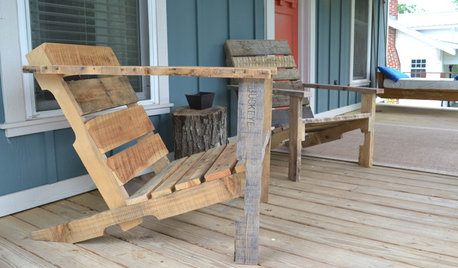
WOODWORKINGBuild Your Own Wooden Deck Chair From a Pallet — for $10!
Take the ecofriendly high road with a low-cost outdoor chair you make yourself
Full Story
PETSWhat Chihuahuas Can Teach Us About Interior Design
Who knew these tiny dogs could be such a huge fount of design tips? Houzzers did
Full Story
HOUZZ TVHouzz TV: This Dream Midcentury Home in a Forest Even Has Its Own Train
Original wood ceilings, a cool layout and, yes, a quarter-scale train persuaded these homeowners to take a chance on a run-down property
Full Story
INSPIRING GARDENSWhat We Can Learn From Longwood Gardens’ New Meadow
Sustainability, ecology, native plant communities ... this public garden is brimming with lessons on horticulture for home gardeners
Full Story
GARDENING FOR BUTTERFLIESA Quick-Start Guide to Bird-Watching for Fun and Learning
Set out some seed and grab your field guide. Bird-watching is an easy, entertaining and educational activity for the whole family
Full Story
PETS5 Finishes Pets and Kids Can’t Destroy — and 5 to Avoid
Save your sanity and your decorating budget by choosing materials and surfaces that can stand up to abuse
Full Story
KITCHEN DESIGNTrending Now: 25 Kitchen Photos Houzzers Can’t Get Enough Of
Use the kitchens that have been added to the most ideabooks in the last few months to inspire your dream project
Full Story
MOST POPULARSee the Difference a New Back Deck Can Make
A dramatic 2-story porch becomes the centerpiece of this Ohio family’s renovated landscape
Full Story
GARDENING GUIDES10 Tips to Start a Garden — Can-Do Ideas for Beginners
Green up your landscape even if you're short on time, money and knowledge, with these manageable steps for first-time gardeners
Full Story
MORE ROOMSHome Tech: Speakers Matter (and Can Look Good, Too)
See why high style and high fidelity needn't be mutually exclusive
Full Story


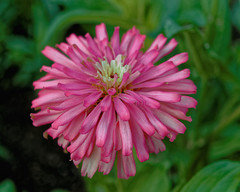

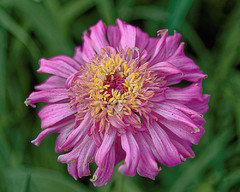
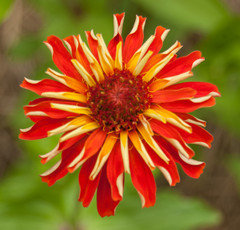
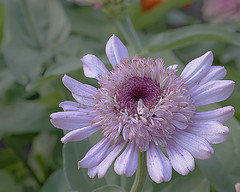

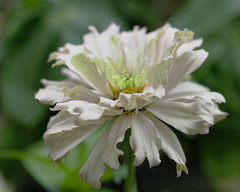
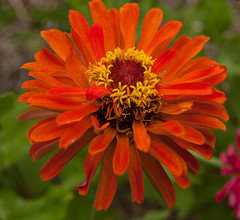
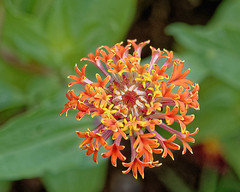
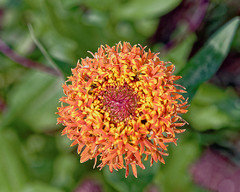
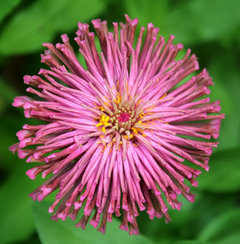
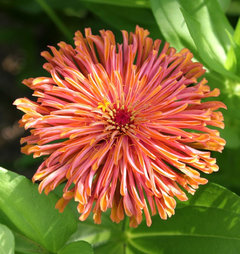



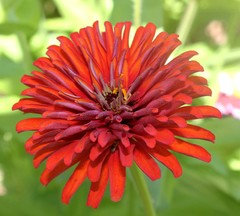






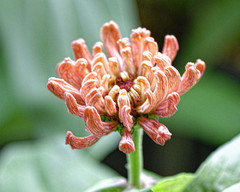
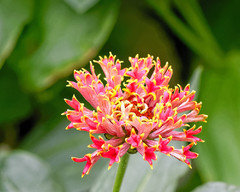





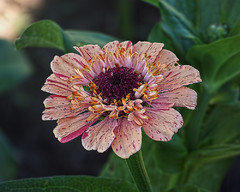

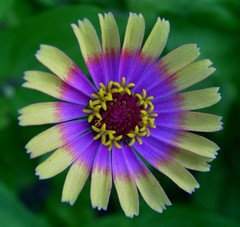

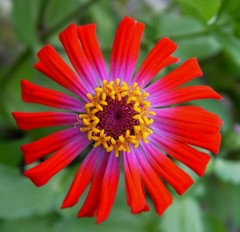
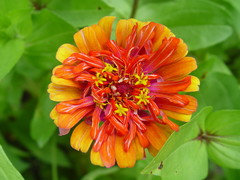
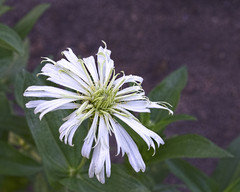







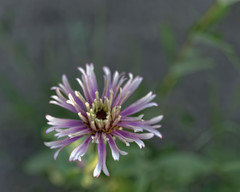
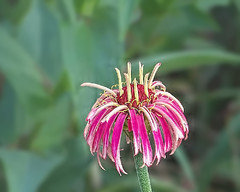





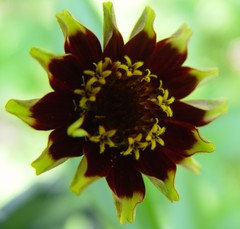
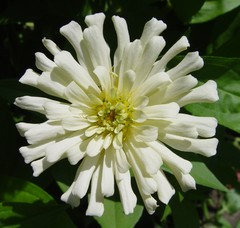
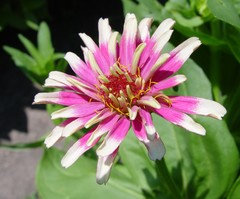


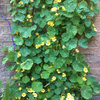
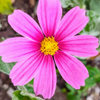
samhain10 - 5a